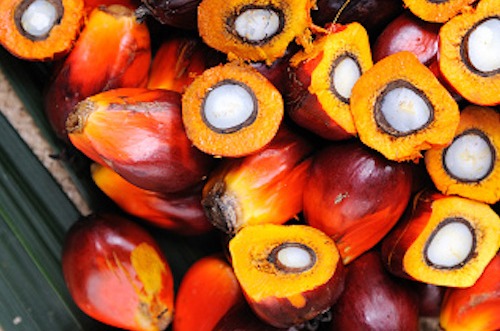Lower production, labor shortages and unfavorable weather to keep palm oil prices in bullish territory

Key ENSO drivers are increasingly bullish toward La Niña bringing dryness risk across southeast Asia and unfavourable for palm oil. Adding to that price pressure is reports of adverse weather forecasted for South America – a poor South American soybean harvest will add to the already bullish sentiments in the vegetable oil complex
Benchmark palm oil prices have been on a major uptrend since the beginning of the pandemic in Q1-2020. Over the last 3 years, prices have held that momentum, more than doubling in price to $1236/mt (MYR 5163/mt) on the Bursa Malaysia Derivatives Exchange. According to Tridge, low-grade wholesale palm oil prices for Indonesia also continue to hold firm.
A recent flood across top producers Malaysia and Indonesia due to the monsoon season has stifled production adding to the already negative effects from labor shortages. The effect of poor weather is not expected to linger as conditions have begun to improve. Crude palm oil production in December fell 13% MoM to 1.45 million tonnes: production from January to December 2021 was 18.11 million tonnes, down 6% YoY.
Exports of palm oil products in the first half of January 2022 (January 1-15) stood at 492,883 tonnes, a massive 32% drop from 725,600 tonnes recorded in the same period the previous month. That said, exports of all palm oil products from Malaysia in 2021 according to MPOB data fell to 24.2 million tonnes versus 26.7 million tonnes in 2020 – export trends seem to have been altered by the pandemic.
Inventories in December 2021 were reported to be 382,684 tonnes, 61,918 tonnes less than the value in the previous month. Adding to this pressure is domestic consumption that went up over the month and a strong Chinese demand ahead of the Chinese new year. With the season of low production in full swing until the second half of the year when average production season begins, stockpiles may be depleted causing further tightness to the market.
The Malaysian government has kept the maximum crude palm oil export tax at 8%: this seems to be good news for large importers such as India and China, but tight supplies would push importers from the former to seek alternative seed oils.
A labor gap owing to the covid restrictions and border closures has for some time now limited full-scale harvesting activity. At the height of the pandemic in 2020, free movement of foreign workers was enacted which created a deficit in harvesters with its effects lingering on.
Key ENSO drivers are increasingly bullish toward La Niña. This brings dryness risk across southeast Asia and if soil moisture reserves fall drastically, it would be unfavorable for palm oil. Adding to that price pressure is reports of the adverse weather forecast for South America – a poor South American soybean harvest will add to the already bullish sentiments in the vegetable oil complex.




